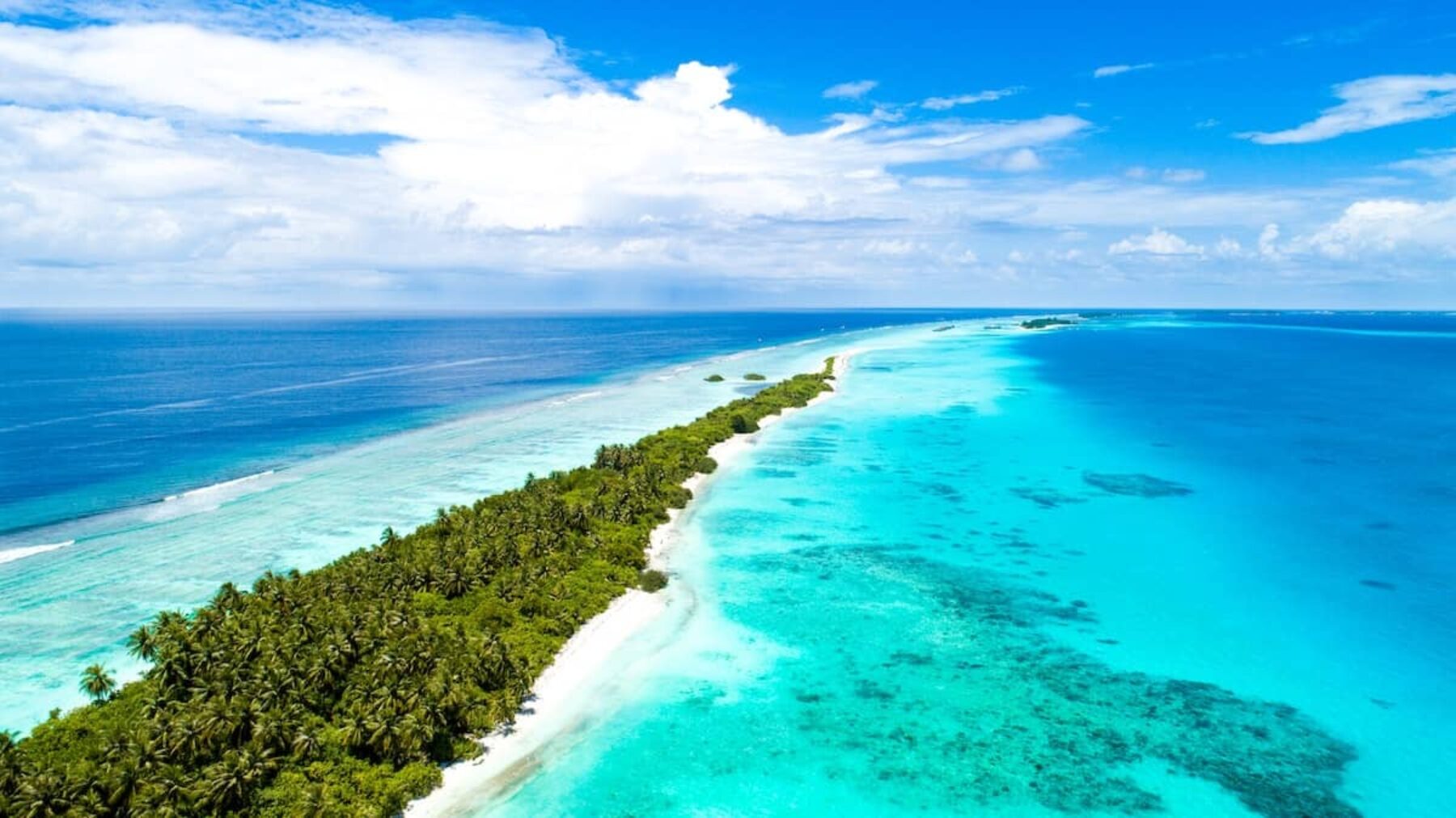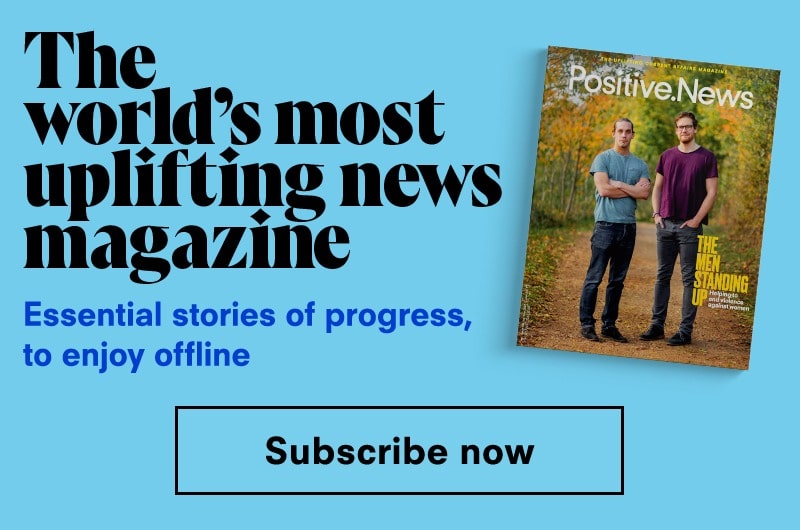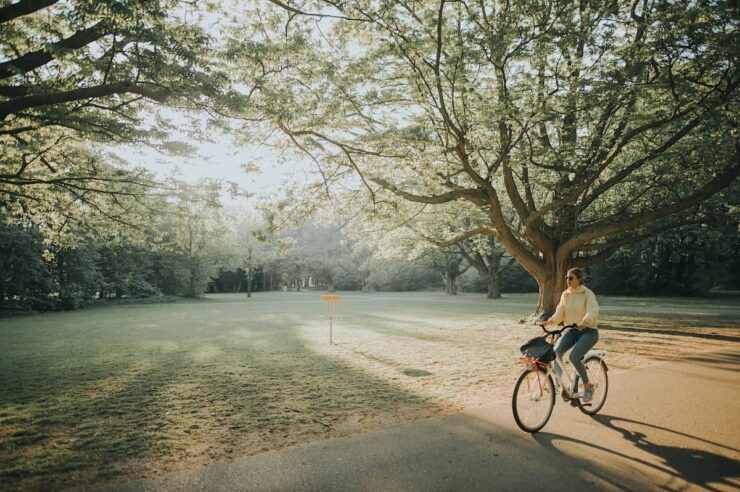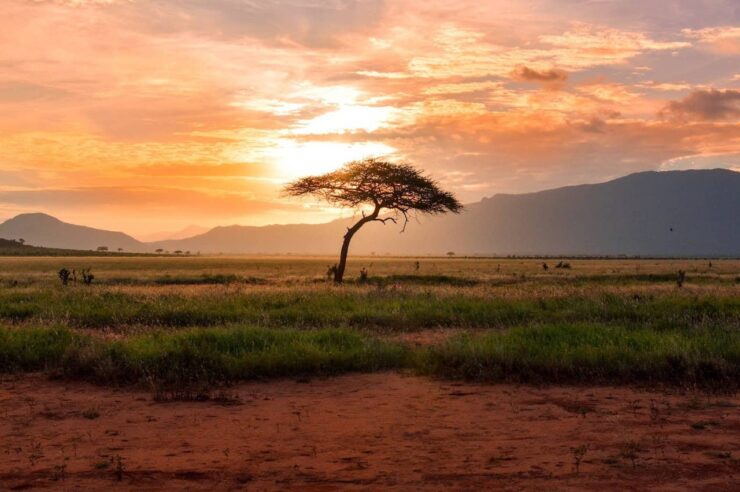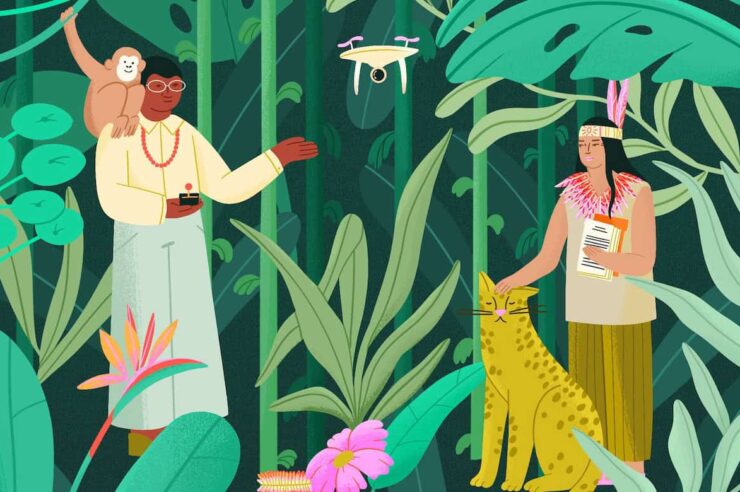Make no mistake, good news was in short supply in the latest IPCC report. But its findings also contain solutions – and hope
The latest report from the Intergovernmental Panel on Climate Change (IPCC) was hardly the mood lifter we needed as war raged in Ukraine. But then it was never going to be. The previous IPCC report – released last August – was described by the UN as a ‘code red for humanity’. The follow-up was unlikely to offer a change in tone.
And it doesn’t. It concludes that human-induced climate change is already causing dangerous and widespread disruption in nature, and affecting the lives of billions of people. What’s more, communities and ecosystems least able to cope are being hardest hit. Without urgent action, the IPCC warned, these impacts would only amplify.
“This report is a dire warning about the consequences of inaction,” said Hoesung Lee, chair of the IPCC. “It shows that climate change is a grave and mounting threat to our wellbeing and a healthy planet. Any further delay in concerted global action will miss a brief and rapidly closing window to secure a liveable future.”
The IPCC stressed the need for ambitious, accelerated action to adapt to a warning climate, at the same time as making rapid, deep cuts in greenhouse gas emissions. “Half measures are no longer an option,” said Lee.
The report presents no new science, but is based on an assessment of around 34,000 existing scientific papers. That it was commissioned and approved by 195 governments offers one reason for optimism, as politicians may be more likely to act on its findings.
There are other glimmers of hope, too. The report stresses nature’s potential to reduce climate risks and improve people’s lives. Its authors said that restoring ecosystems and conserving at least a third of the planet’s land and oceans would help absorb huge quantities of carbon and boost wellbeing.
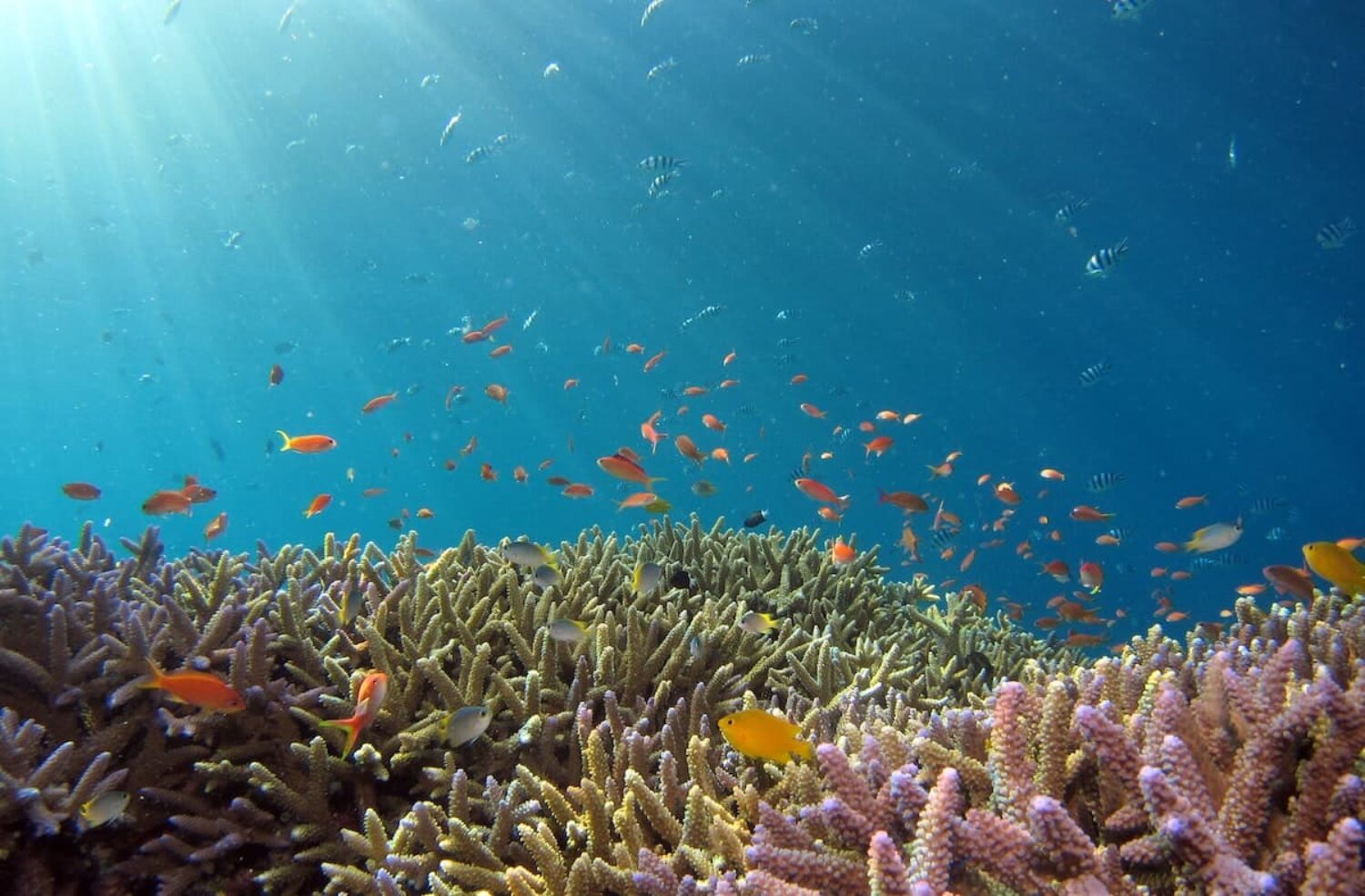
Coral reefs are particularly vulnerable, but can also be part of the solution. Image: Hiroko Yoshii
“By restoring degraded ecosystems, and effectively and equitably conserving 30 to 50 per cent of Earth’s land, freshwater and ocean habitats, society can benefit from nature’s capacity to absorb and store carbon, and we can accelerate progress towards sustainable development,” said Hans-Otto Pörtner, co-chair of the IPCC working group II.
There has been some progress in this regard. In May, a study by the International Union for Conservation of Nature (IUCN) revealed that an area of land greater than the size of Russia has fallen under some sort of protection in the last decade. Not all of that land is adequately protected, said the IUCN, but it’s a start.
Half measures are no longer an option
Meanwhile, the IPCC report highlights the potential of cities to develop solutions to the climate crisis.
“Together, growing urbanisation and climate change create complex risks, especially for those cities that already experience poorly planned urban growth, high levels of poverty and unemployment, and a lack of basic services,” said IPCC working group II co-chair Debra Roberts.
“But cities also provide opportunities for climate action – green buildings, reliable supplies of clean water and renewable energy, and sustainable transport systems that connect urban and rural areas can all lead to a more inclusive, fairer society.”

Cities have been part of the problem, but are now offering solutions. Image: Zac Wolff
Indigenous knowledge is also promoted as a potential solution. Giving indigenous communities legal title to their land has been found to be more effective at protecting forests than declaring them national parks.
“Our assessment clearly shows that tackling all these different challenges involves everyone – governments, the private sector, civil society – working together to prioritise risk reduction, as well as equity and justice, in decision-making and investment,” said Roberts.
“By bringing together scientific and technological know-how, as well as indigenous and local knowledge, solutions will be more effective. Failure to achieve climate resilient and sustainable development will result in a sub-optimal future for people and nature.”
Main image: Jailam Rashad
